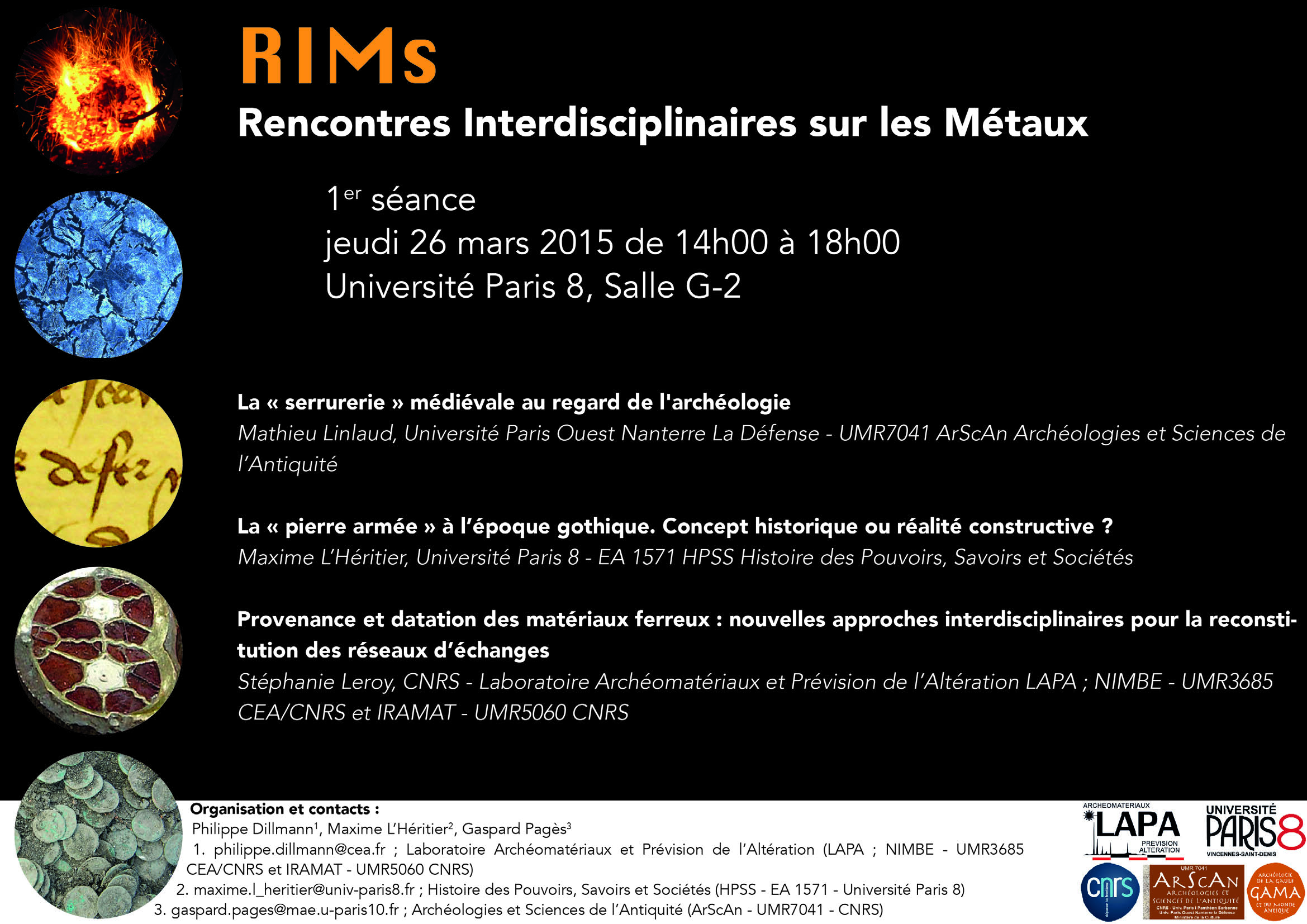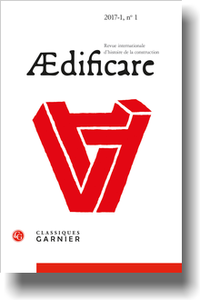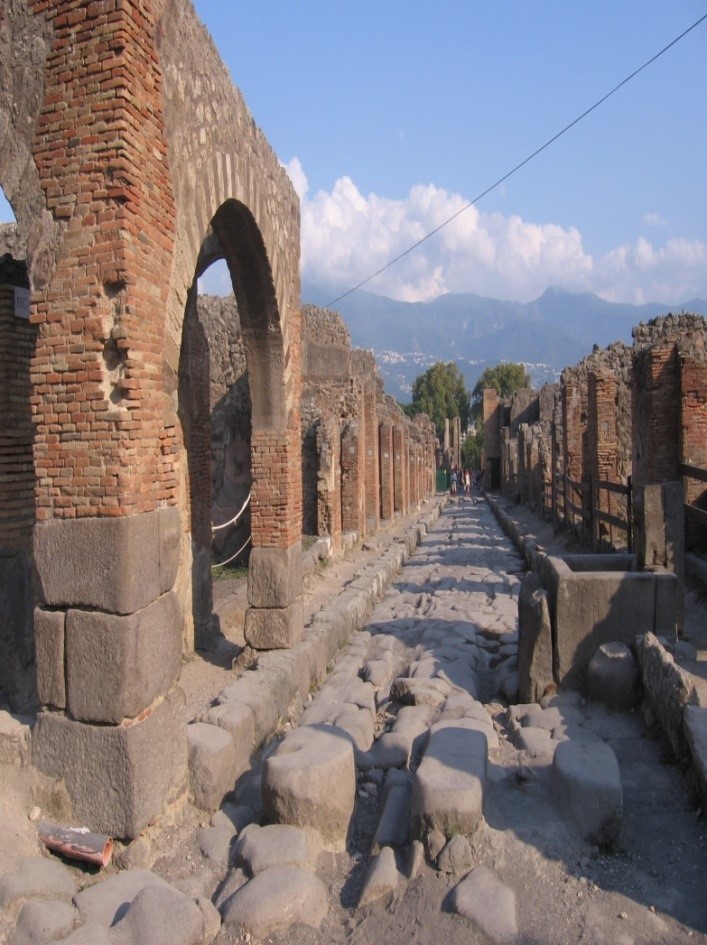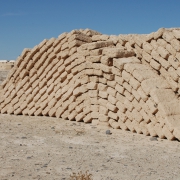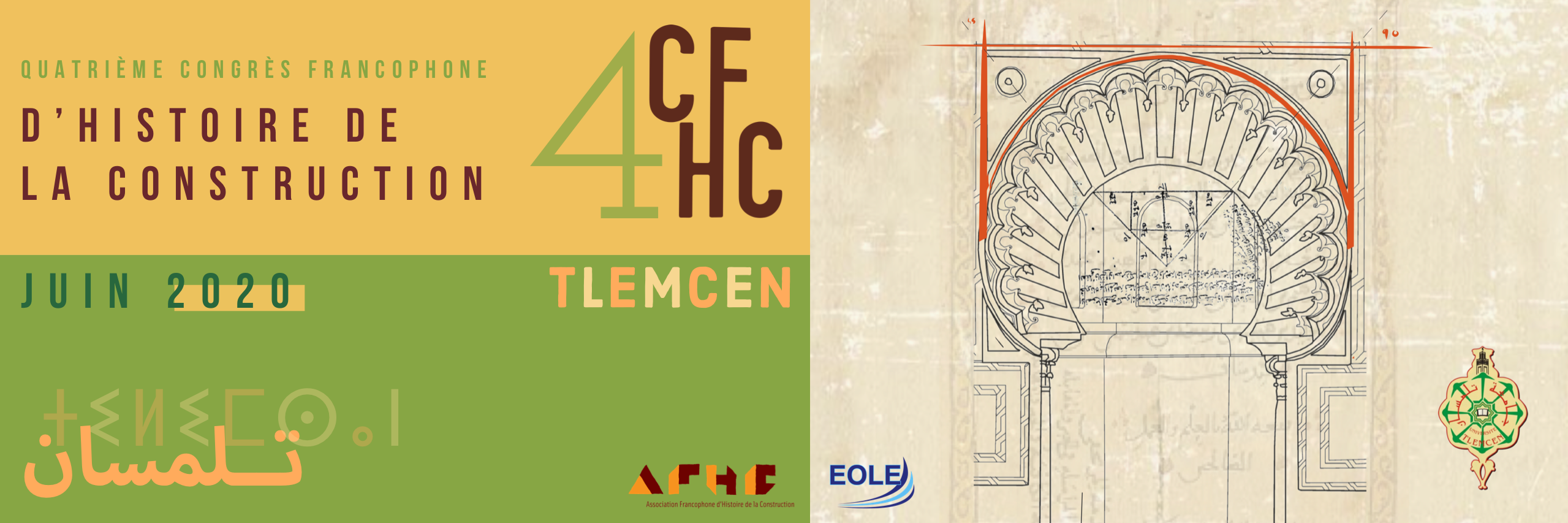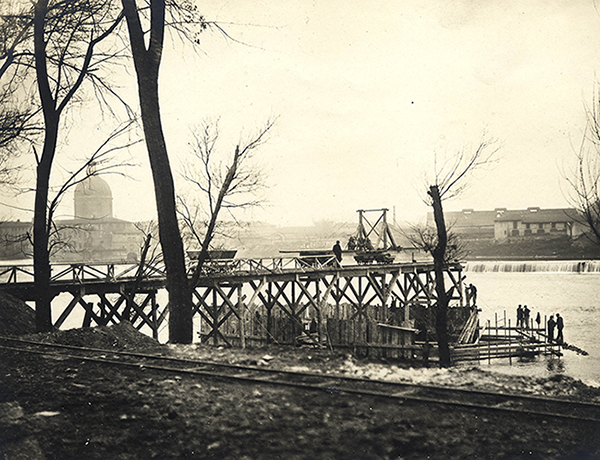Ædificare, 2019 – 2, n° 6
Revue internationale d’histoire de la construction
La sixième livraison de la revue Ædificare est parue chez Classiques Garnier. Elle est disponible par abonnement ou par l’achat du numéro.
Ædificare est une revue semestrielle, internationale, multilingue et pluridisciplinaire couvrant le champ historique de la construction, toutes périodes et aires géographiques confondues. La revue dispose d’un Comité scientifique et d’un Comité de lecture internationaux. Tous les articles font l’objet d’une évaluation par les pairs en double aveugle. Elle paraît en publication papier et numérique aux éditions Classiques Garnier.
SOMMAIRE
Robert Carvais
Éditorial. Pour un dépôt des archives d’entreprises du bâtiment et des travaux publics dans les institutions publiques de conservation (XVIIIe – XXe siècle) p. 13-29
Editorial. For the deposition of construction and public works firm archives in public conservation institutions (18th—20th century) p. 31-46
Après un hommage au professeur Jean-Pierre Sosson, l’éditorial appelle d’abord les entreprises de bâtiments et travaux publics à déposer leurs archives dans les institutions de conservations publiques. Il présente ensuite les articles du numéro selon les thèmes exploités : celui fondateur des matériaux, celui émergent prometteur de la réparation et de l’entretien des constructions et ceux classiques et revisités des conditions de travail et de financement du chantier et de l’organisation des métiers.
After a tribute to Professor Jean-Pierre Sosson, the editorial first calls on building and public works companies to place their archives in public conservation institutions. It then presents the articles in the issue in terms of the themes explored: the founding theme of materials, the promising emerging theme of building repair and maintenance, and the classic and frequently revisited themes of working conditions, site financing, and the organization of trades.
Carles Sánchez Márquez
Bajo el amparo de la iglesia y el rey. Prebendas, privilegios y contratos de los maestros de obras en la España medieval (Siglos XI-XII) / Under the protection of the church and the king. Prebends, privileges and contracts of medieval builders in Medieval Spain (11th–12th centuries) p. 47-78
Un des aspects remarquables dans l’étude de la construction des cathédrales sur la péninsule ibérique réside dans la riche documentation conservée à propos des conditions de travail durant les XIe et XIIe siècles. Cet article examine l’étonnante série de contrats, de bénéfices concédés aux constructeurs, de contributions financières et en main-d’œuvre de la part de la monarchie, qui nous livrent des détails sur la relation de travail entre bâtisseurs et leurs œuvres, leur condition sociale et leur statut.
One of the remarkable aspects of the study of the construction of cathedrals on the Iberian Peninsula lies in the rich documentation preserved on working conditions during the eleventh and twelfth centuries. This article examines the astonishing series of contracts, benefits granted to builders, and financial and labor contributions from the monarchy, which provide us with details about the working relationship between builders and their works, their social condition, and their status.
Maxime L’Héritier
Le fer et le plomb dans la construction monumentale au Moyen Âge, de l’étude des sources écrites à l’analyse de la matière. Bilan de 20 ans de recherches et perspectives / Iron and lead in mediaeval monumental construction. From written sources to material analysis. An overview of twenty years of research and perspectives p. 79-121
Cet article présente les usages du fer et du plomb dans les grands monuments médiévaux, puis fait le point sur les travaux interdisciplinaires développés depuis le début des années 2000, leur croisement et leurs résultats. Des comptabilités de fabriques à l’étude archéologique et matérielle, ces recherches témoignent d’un renouvellement de l’archéologie et de l’histoire de la construction, proposant une vision inédite des monuments et de leurs chantiers et plus largement de la société médiévale.
This article presents the uses of iron and lead in the construction of major medieval monuments, and then reviews the interdisciplinary work developed since the early 2000s, their points of contact and results. From factory accounts to archaeological and material studies, this research bears witness to a renewal of archaeology and construction history, offering a new perspective on monuments and their construction sites and, more broadly, of medieval society.
Charles Viaut
Réparer et entretenir les constructions dans une seigneurie rurale du XVe siècle. L’exemple de la châtellenie de Talmont (Vendée) / The repair and maintenance of buildings in a 15th-century rural seigneury. The example of the castellany of Talmont (Vendée region) p. 123-156
Les comptes médiévaux de la châtellenie de Talmont, datés du XVe et du début du XVIe siècle, ont fait l’objet d’une étude approfondie sur le thème de l’organisation des chantiers et de l’économie de la construction à la fin du Moyen Âge. Ces comptes d’entretien et de réparation consignés dans les comptes de la châtellenie, comparés aux données archéologiques, ont permis une approche fine du secteur de la construction dans cette seigneurie du Poitou littoral à la fin du Moyen Âge.
The medieval accounts of the châtellenie de Talmont, dating from the fifteenth and early sixteenth centuries, have been the subject of an in-depth study on the organization of building sites and the economy of construction at the end of the Middle Ages. These maintenance and repair accounts, kept in the records of the châtellenie, compared with archaeological data, have enable a detailed inquiry into the construction sector in this seigneurie of coastal Poitou at the end of the Middle Ages.
Valentin Gillet
La fabrication du carreau de grès cérame en France à travers la littérature technique (1840-1920) / The manufacturing of porcelain stoneware tiles in France in technical literature (1840–1920) p. 157-220
Le carreau de grès cérame servit de revêtement aux ossatures de béton armé lors de leur introduction dans l’architecture urbaine au tout début du XXe siècle à Paris. La rencontre fortuite des deux matériaux s’illustre par la profusion des traités, manuels et aide-mémoires consacrés à la céramique industrielle et au béton armé entre 1890 et 1910. L’étude la littérature technique souligne les conditions matérielles qui ont conditionné l’usage du grès cérame pour le revêtement de ces immeubles.
Porcelain stoneware tiles were used as cladding for reinforced concrete frames when they were introduced into urban architecture in the early twentieth century in Paris. The fortuitous encounter of the two materials is illustrated by the profusion of treatises, manuals, and guides devoted to industrial ceramics and reinforced concrete between 1890 and 1910. A study of the technical literature illustrates the material conditions for the use of porcelain stoneware for the cladding of these buildings.
Laura Greco
Costruire a catalogo in Italia negli anni Trenta. Sistemi prefabbricati per edifici temporanei / Fabricating buildings in Italy in the 1930s. Prefabricated systems for temporary use p. 221-247
Les systèmes constructifs préfabriqués en acier et bois développés en Italie dans les années trente pour les bâtiments temporaires démontrent une grande flexibilité, sont produits rapidement et leur montage est facile et réversible. Ils permettent de comprendre le lent développement de la préfabrication en Italie et laissent présager les systèmes de façade expérimentés durant les années cinquante.
The prefabricated steel and wood construction systems developed in Italy in the 1930s for temporary buildings demonstrate great flexibility, were produced quickly, and their assembly was easy and reversible. They allow us to understand the slow development of prefabrication in Italy and foreshadow the experiments with façade systems in the 1950s.
Nadya Rouizem Labied
La modernisation de la terre crue au Maroc dans les années 1960. Architecture néo-traditionnelle ou néocoloniale ? / The modernisation of raw earth in the 1960s Morocco. Neo-traditional or neo-colonial architecture? p. 249-265
Entre 1962 et 1965, 2 750 logements en brique de terre ont été construits à Marrakech par un coopérant français, qui a modernisé le matériau, l’outillage et le chantier. Cette démarche est-elle celle d’un ancien colonisateur ou a-t-elle pour objectif de « re-traditionnaliser » l’architecture locale ? Cet article analyse le contexte et le déroulement de cette opération, afin de tirer des enseignements utiles dans le contexte actuel de crise environnementale.
Between 1962 and 1965, 2750 mud-brick dwellings were built in Marrakesh by a French co-operant, which modernized the materials, tools, and building site. Is this the approach of a former colonizer or did it aim to “re-traditionalize” the local architecture? This article analyzes the context and development of this operation, in order to draw useful lessons in the current context of environmental crisis.
VARIA
Camille Fabre
Les statuts des fustiers de Toulouse en 1422. Édition et traduction / The statute of lumber-sellers of Toulouse (1422). Edition and translation p. 269-311
Le statut édicté par les capitouls de Toulouse pour réglementer le métier des fustiers (marchands de bois d’œuvre) de la ville en 1422 s’inscrit dans un lent processus de structuration des métiers toulousains. Il rend à la fois compte de l’affirmation d’un groupe professionnel et d’un mouvement de standardisation et de stabilisation des marchés du bois d’œuvre, mais aussi du bois à brûler.
The statute enacted by the capitouls of Toulouse to regulate the trade of the city’s fustiers (timber merchants) in 1422 was part of a slow process of giving structure to professions in Toulouse. It reflects both the affirmation of a professional group and a movement to standardize and stabilize the timber and firewood markets.
COMPTES RENDUS
Chris How, Historic French Nails & Fixings. Translations from the French masters compared and contrasted to the Anglo-American tradition (Maxime L’Héritier) p. 315-318
Alexandre Cojannot et Alexandre Gady, Dessiner pour bâtir, le métier d’architecte au XVIIe siècle. Catalogue de l’exposition présentée au Musée des archives nationales (hôtel de Soubise) du 13 décembre 2017 au 12 mars 2018 (Valérie Nègre) p. 318-322
Description de Notre-Dame, cathédrale de Paris par Eugène Viollet-le-Duc et Ferdinand de Guilhermy suivi de Restauration de Notre-Dame de Paris par Jean-Baptiste Antoine Lassus et Eugène Viollet-le-Duc (Olivier de Châlus) p. 322-326
COMPENDIA
Under the protection of the church and the king. Prebends, privileges and contracts of medieval builders in Medieval Spain (11th–12th centuries) (Carles Sánchez Márquez) p. 329-330
Iron and lead in mediaeval monumental construction, from written sources to material analysis. An overview of twenty years of research and perspectives (Maxime L’Héritier) p. 330-331
The repair and maintenance of buildings in a 15th-century rural seigneury. The example of the castellany of Talmont (Vendée region) (Charles Viaut) p. 332-333
The manufacturing of porcelain stoneware tiles in France in technical literature (1840–1920) (Valentin Gillet) p. 333-334
Fabricating buildings in Italy in the 1930s. Prefabricated systems for temporary use (Laura Greco) p. 335-336
The modernisation of raw earth in the 1960s Morocco. Neo-traditional or neo-colonial architecture? (Nadya Rouizem Labied) p. 336-337
The statute of lumber-sellers of Toulouse (1422). Edition and translation (Camille Fabre) p. 338-339
PRESENTATION DES AUTEURS ET RESUMES p. 341-346
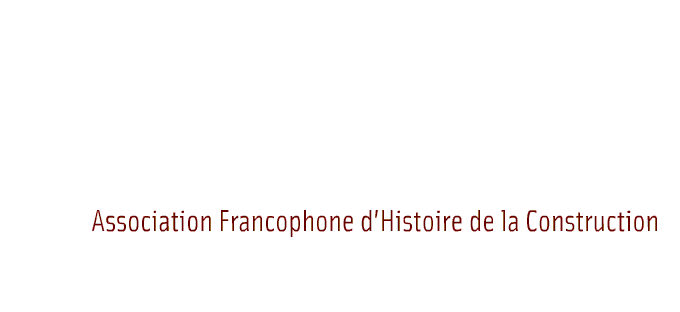
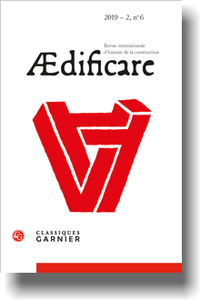
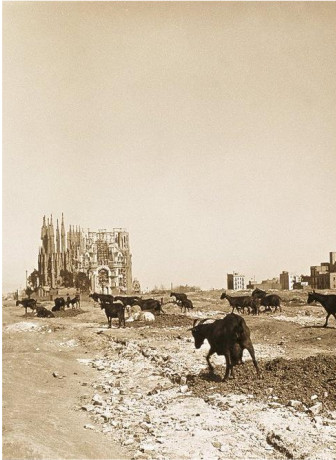 © Chantier de la Sagrada Familia, Barcelone
© Chantier de la Sagrada Familia, Barcelone 